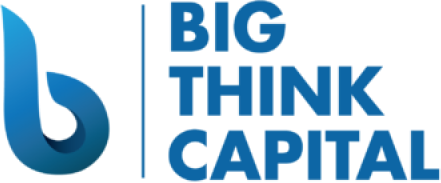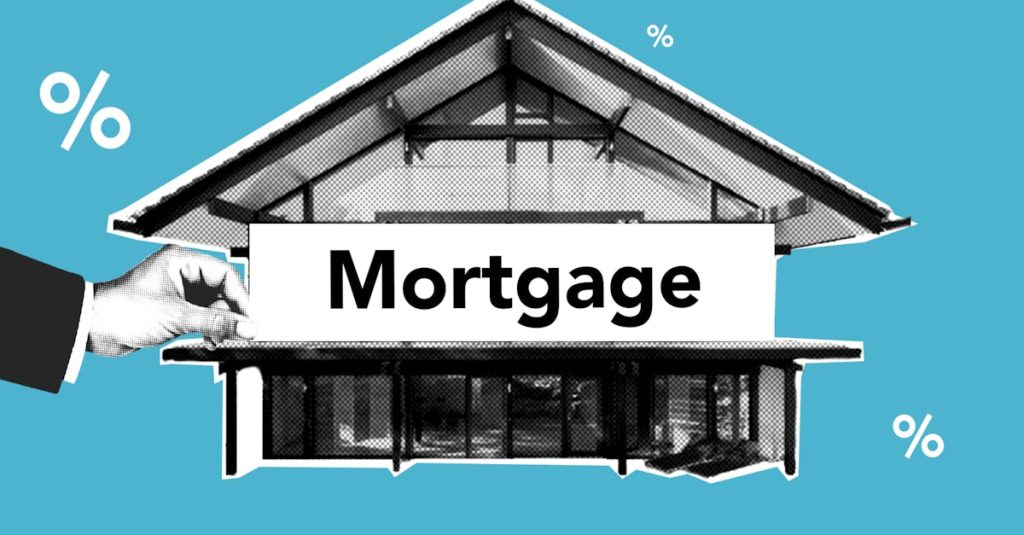The Positive Impact of Federal Interest Rate Fluctuations on Small Business Loans in 2025
Estimated Reading Time: 5 minutes
- Lower borrowing costs can enhance cash flow.
- Increased access to capital supports business growth.
- Opportunities for significant investments arise with decreased rates.
- Alternative lending options offer flexibility and faster funding.
Table of Contents
- Understanding Federal Interest Rates
- How Interest Rate Changes Affect Small Business Loans
- The Benefits of Alternative Lending Solutions
- Practical Steps for Small Business Owners in an Uncertain Climate
- Conclusion
Understanding Federal Interest Rates
The federal interest rate, set by the Federal Reserve, acts as the cornerstone of the U.S. economy. It influences various financial products, including mortgages, personal loans, and crucially, small business loans. In 2025, rates have seen significant adjustments in response to inflation and economic growth, factors that business owners must consider when exploring financing options.
According to the Federal Reserve, the current federal interest rate stands at 4.75% as of January 2025, down from previous highs. This decrease promises to alleviate some financial pressures on small businesses looking to borrow.
The Federal Reserve provides ongoing updates about these rates, which can be instrumental for businesses assessing their funding strategies.
How Interest Rate Changes Affect Small Business Loans
Interest rates significantly impact the cost of borrowing. When fees are low, it becomes more cost-effective to secure loans. Here’s how fluctuations in interest rates can positively affect small business loans in 2025:
1. Lower Borrowing Costs
Decreasing interest rates mean lower monthly payments for business loans. For example, a small business that takes out a $100,000 loan at a 4.75% interest rate will pay approximately $1,800 a month over ten years. If rates fall to 4%, that payment shrinks to about $1,600. This reduction allows businesses to allocate more resources towards growth initiatives like marketing and staffing instead of stifling debt payments.
2. Increased Access to Capital
With lower interest rates, lenders may be more inclined to extend credit. In 2025, lending institutions are projected to loosen some of their requirements in response to stabilized economic conditions. This means:
- Higher approval rates for SBA loans
- Improved terms for equipment financing
- Easier access to lines of credit and working capital advances
This increased access can be vital for small businesses looking to expand or navigate through challenging times.
3. Enhanced Business Investments
When interest rates decline, businesses are encouraged to invest in growth. Lower financing costs mean businesses can afford to purchase new equipment, expand operations, or increase inventory. This investment creates a ripple effect, not only benefiting the individual companies but also contributing to overall economic growth. A robust investing climate can lead to job creation and improved service offerings.
The Benefits of Alternative Lending Solutions
While traditional bank loans are a popular choice for many business owners, alternative lending solutions have gained traction in recent years. Products such as merchant cash advances (MCA) and lines of credit remain competitive due to their ability to adapt quickly to the changing financial landscape.
Why Consider Alternative Lending?
- Faster Approval Processes: Alternative lenders often have streamlined application processes, enabling businesses to secure funding much quicker than traditional banks, which can take weeks.
- Flexible Requirements: Many alternative financing options consider more than just credit scores. They look at cash flow and sales history, allowing businesses with less-than-perfect credit to secure loans.
- Quick Capital for Immediate Needs: When unexpected expenses arise, alternative lenders provide quick solutions that traditional banks may not be willing to offer.
At Big Think Capital, we specialize in helping small businesses navigate these options, ensuring that each entity finds the right type of financing to meet their unique needs.
Practical Steps for Small Business Owners in an Uncertain Climate
As a business owner, it is essential to stay informed about financial trends and how they can impact your operations. Here are three practical takeaways to keep in mind as you navigate the funding landscape in 2025:
1. Stay Informed
Regularly check the Federal Reserve’s updates on interest rates and economic forecasts. Utilize resources like Kiplinger, a reliable site for economic outlooks and business advice, to equip yourself with knowledge about how market trends could impact your funding needs.
2. Reevaluate Your Financing Needs
Assess your current financial situation and determine if you could benefit from refinancing existing loans at lower rates or exploring new lending options. Contact a funding expert at Big Think Capital to discuss how changes in interest rates could affect your financing strategy.
3. Build Strong Relationships with Lenders
Establishing a rapport with lenders can provide you with insights into favorable financing opportunities and help expedite loan approvals. Regular communication can also help you gauge potential changes in lending policies and better prepare your business for future financial needs.
Conclusion
The year 2025 presents advantageous conditions for small business financing, thanks to declining federal interest rates. Lower borrowing costs, increased access to capital, and the potential for significant investments position small businesses uniquely to thrive. By understanding these conditions and exploring both traditional and alternative lending options, business owners can strategically navigate their funding journey.
At Big Think Capital, we are committed to helping you secure the right financing tailored to your needs. Whether you are looking for working capital advances, SBA loans, equipment financing, or other financial products, our experts are here to guide you through the process.
Ready to take the next step towards securing funding for your business? Learn more about our services at bigthinkcapital.com or speak with a funding expert today. Your business success is our mission.
FAQ
What are federal interest rates?
Federal interest rates are the rates set by the Federal Reserve that guide the cost of borrowing for banks and can influence wider economic conditions.
How do interest rates impact small business loans?
Interest rates directly affect the cost of borrowing; lower rates lead to reduced monthly payments and increased access to capital for small businesses.
What are alternative lending solutions?
Alternative lending solutions include non-traditional loan options like merchant cash advances and flexible lines of credit that can adapt to business needs quickly.






